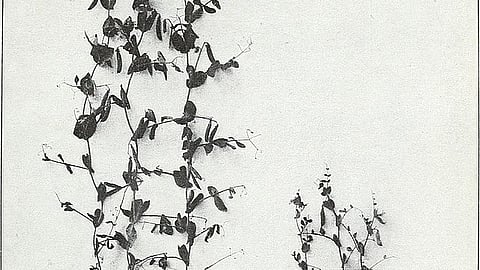In this study, researchers employed simplified detached leaf inoculation assay and whole plant inoculation assay to assess the resistance of 14 chrysanthemum-related genera (CRG) to black spot disease. After artificial inoculation and identification based on disease indices, two disease-resistant germplasm resources (R), 11 moderately resistant materials (MR), and one sensitive (S) material were obtained. The results showed good reproducibility and correlation between methods, highlighting C. japonese and A. parviflora as resistant, and revealing significant physical and chemical defense mechanisms contributing to disease resistance.
Further analysis focused on the leaf epidermis structure of resistant and susceptible germplasms, revealing notable differences in trichome morphology and density, stomatal characteristics, and wax content, which correlated with resistance levels. For instance, R1 had significantly higher trichome density and wax content, contributing to its resistance. Additionally, volatile organic compounds (VOCs) analysis indicated that resistant germplasms produced higher terpenoid content, with Germacrene D significantly inhibiting A. alternata growth, suggesting its role in chemical defense.
In conclusion, the study not only identified C. japonese and A. parviflora as resistant through a combination of physical (trichome density, stomatal closure, wax content) and chemical defenses (high VOCs and terpenoid content) but also demonstrated the importance of both types of defenses in disease resistance. These findings enhance our understanding of CRG resistance to black spot disease, offering insights into breeding strategies and the potential use of physical and chemical traits as markers for disease resistance. (Newswise/KV)


